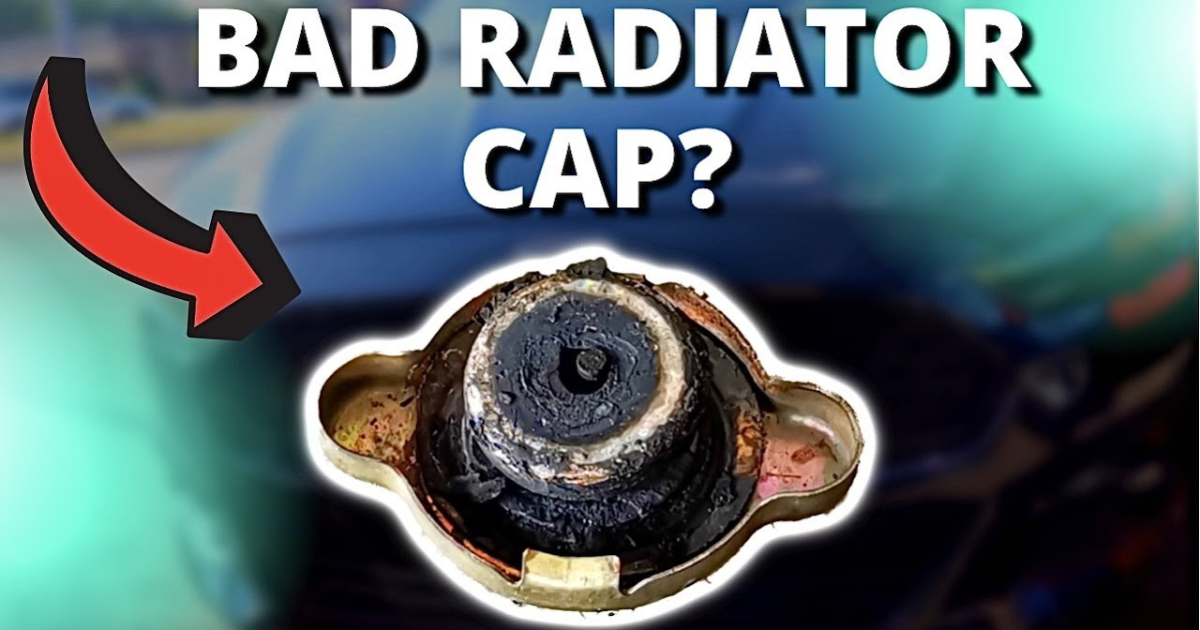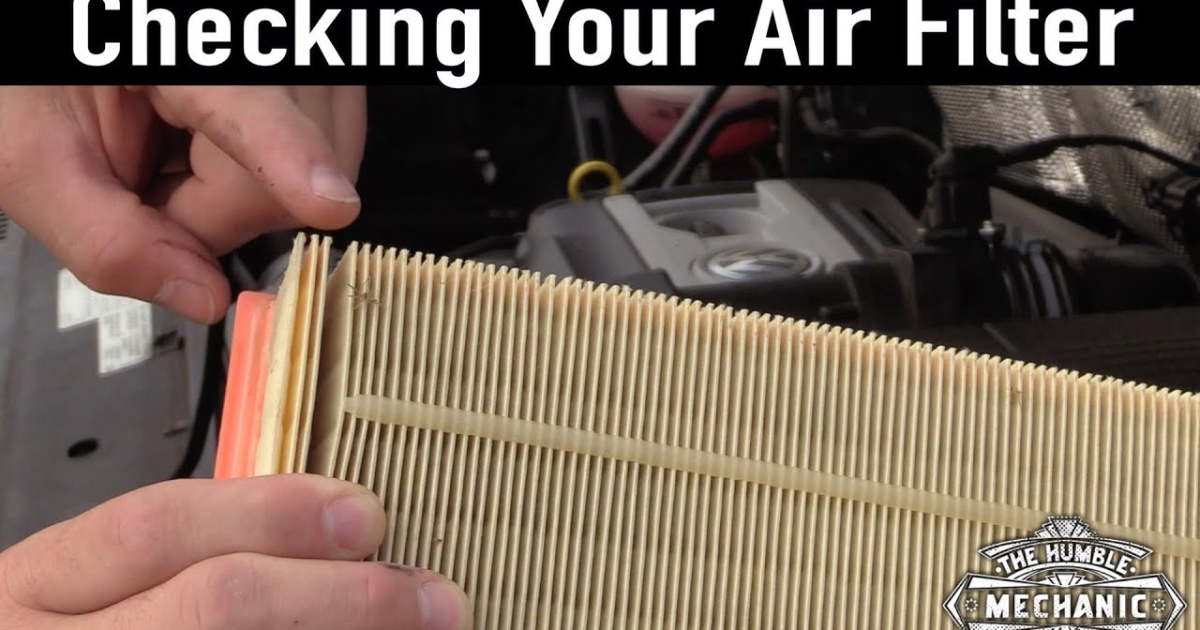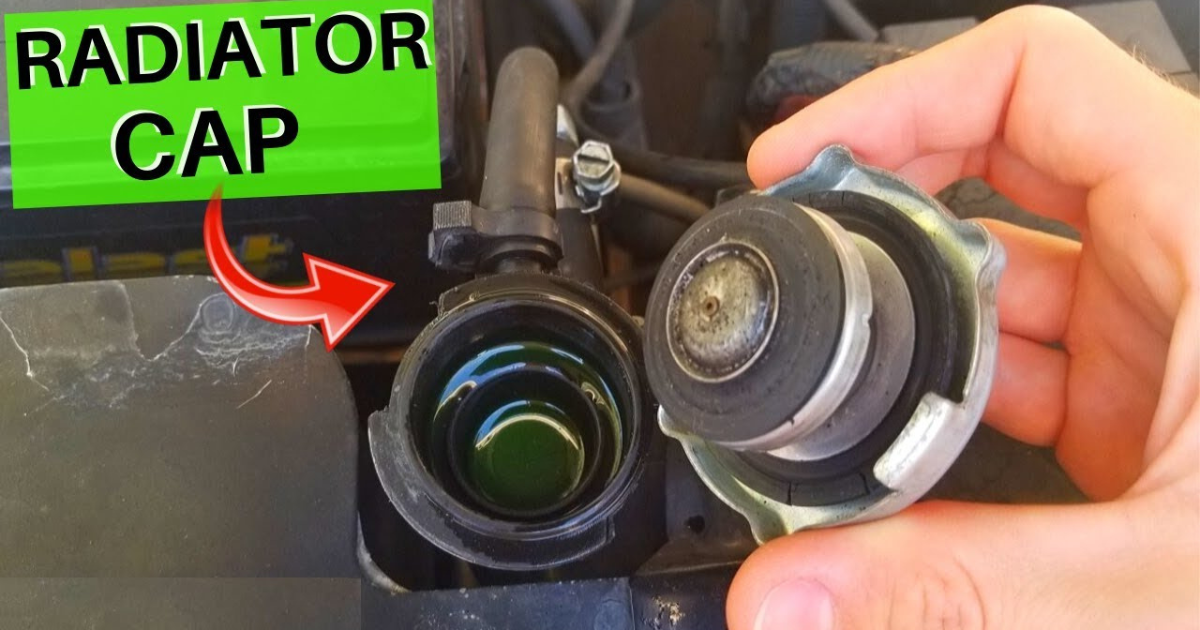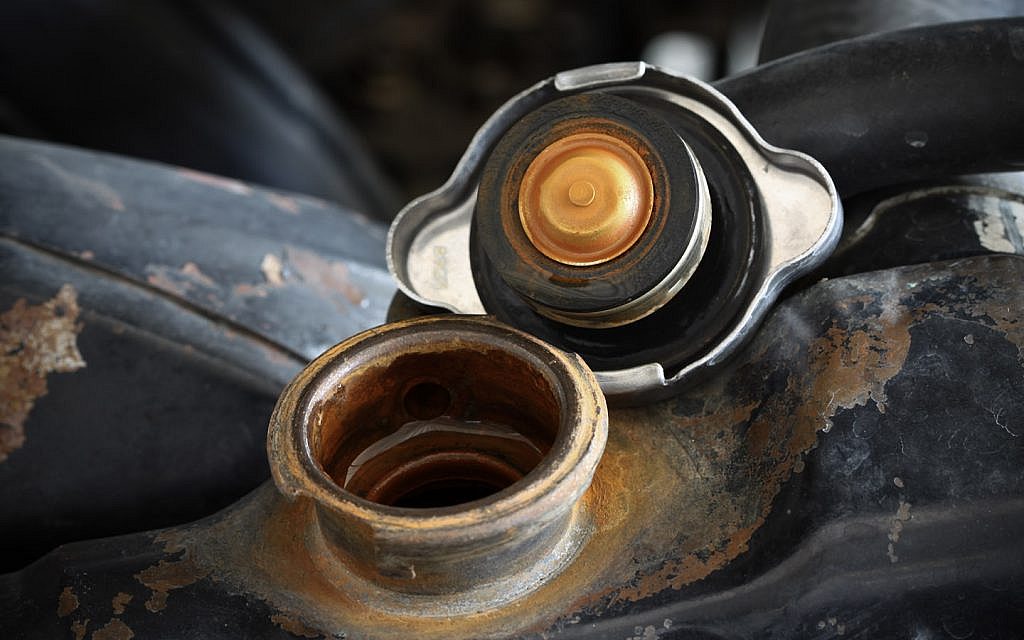A radiator cap is a vital component of a car’s cooling system, typically found on the top of the radiator. It serves as a seal to maintain pressure and coolant level in the radiator. This article will answer some frequently asked questions about radiator caps, including their function, importance, signs of a faulty cap, and more.
How Does a Radiator Cap Function?
The radiator cap has a spring-loaded valve that regulates the pressure inside the cooling system. When the engine heats up and the coolant expands, excess pressure is released through the radiator cap’s valve into the overflow reservoir. As the engine cools down, the vacuum created in the cooling system draws coolant back from the overflow reservoir through the radiator cap.
The Importance of a Radiator Cap
The radiator cap plays a crucial role in maintaining the proper pressure and coolant level in the cooling system. Without a functioning radiator cap, the engine can overheat, or the cooling system can develop leaks.
Signs of a Faulty Radiator Cap
Several signs indicate that a radiator cap may be faulty:
- Visible wear or damage on the radiator cap itself
- Coolant leaks around the radiator cap
- Engine overheating or fluctuating temperature gauge readings
- Low coolant levels despite regular refilling
- A hissing sound coming from the radiator cap
- Steam or smoke coming from under the hood
When to Replace a Radiator Cap?
If you notice any of the signs mentioned above, it’s essential to have your radiator cap checked and replaced if necessary. A faulty radiator cap can cause severe damage to your engine and cooling system.
How to Choose the Right Radiator Cap?
When choosing a radiator cap, it’s essential to select the correct pressure rating for your vehicle. Consult your vehicle’s owner’s manual or a professional mechanic to determine the appropriate pressure rating for your radiator cap.
How to Install a Radiator Cap?
Installing a radiator cap is a straightforward process:
- Ensure the engine is cool before attempting to remove the old radiator cap.
- Place a rag over the old radiator cap and unscrew it counterclockwise.
- Discard the old radiator cap and clean any debris or corrosion from the radiator filler neck.
- Screw the new radiator cap clockwise onto the radiator filler neck by hand until it is snug.
- Do not overtighten the radiator cap, as this can damage the seal and cause leaks.
Conclusion
A radiator cap is a small but essential component of a car’s cooling system. Regular inspection and replacement of the radiator cap can prevent engine overheating and costly repairs. If you notice any signs of a faulty radiator cap, have it checked and replaced by a professional mechanic as soon as possible?
FAQs
- How often should I replace my radiator cap?
It’s recommended to replace your radiator cap every 2-3 years or every 30,000-40,000 miles, whichever comes first. - Can I drive with a faulty radiator cap?
Driving with a faulty radiator cap can cause engine overheating and severe damage to your engine and cooling system. It’s essential to have it replaced as soon as possible. - How much does it cost to replace a radiator cap?
The cost of replacing a radiator cap can vary depending on the vehicle’s make and model, but it typically ranges from $10 to $30. - Can a faulty radiator cap cause a leak?
Yes, a faulty radiator cap can cause a leak by allowing coolant to escape from the cooling system. - How do I know if my radiator cap is the correct pressure rating?
Consult your vehicle’s owner’s manual or a professional mechanic to determine the appropriate pressure rating for your radiator cap.




